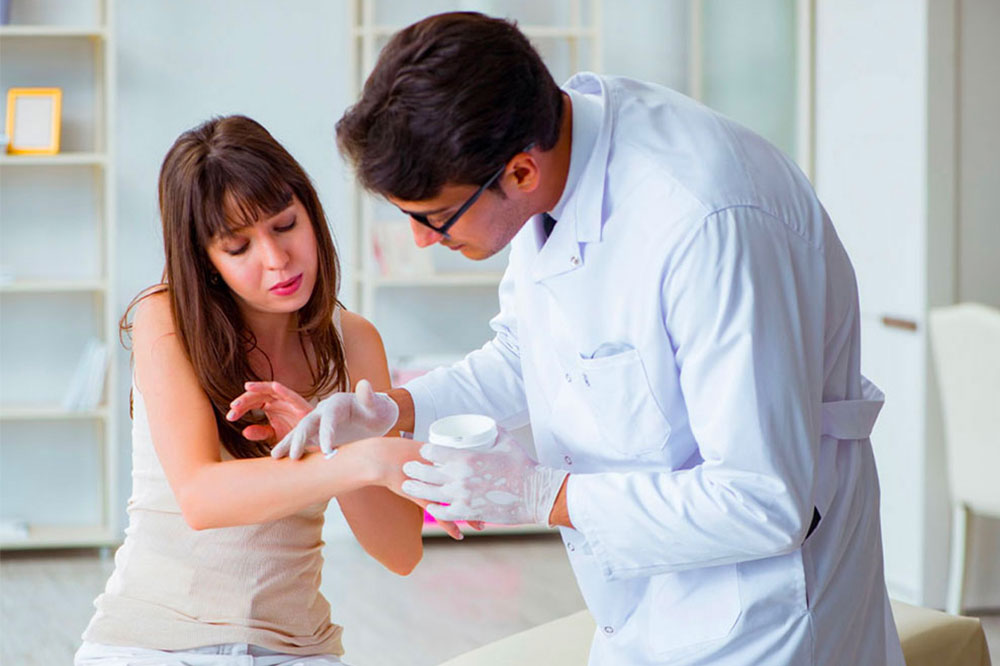6 uncommon eczema types and their signs

Eczema is a health condition that triggers dry, inflamed, and itchy skin. While it may occur at any age, it is more common in younger individuals. Moreover, it is a chronic disease that may also flare up on more than one occasion. There are various types of eczema that are less common in individuals and come with unusual signs that one ought to know about. Here are six uncommon eczema types and their symptoms.
Nummular eczema
Coin-like spots are the result of nummular eczema. This type of dermatitis occurs on the legs, hands, or forearms. Other signs of nummular eczema include dry skin between the patches. One may also develop tiny bumps that develop after a skin injury. These patches get crusty and merge to form scaly coin shapes, a clear indicator of eczema.
Stasis dermatitis
Sometimes individuals may experience stasis dermatitis, which is associated with blood flow problems like varicose veins. The condition occurs in the lower legs and around the ankles. One of the first signs an individual with stasis dermatitis may experience is dry, discolored skin over the affected veins. They may also experience itchiness that spreads to the top of the foot. Another symptom associated with stasis dermatitis is swelling or discomfort in the leg or ankle that subsides when the individual sleeps but worsens during the day.
Neurodermatitis
Those who develop neurodermatitis will notice that it causes just one or two patches on a specific area of the body. These regions include the nape of the neck, eyelids, arms, or scalp. The patches may also develop around the genitals or anus. The symptoms of neurodermatitis include an intense itch that may worsen if the individual scratches or rubs it. This itching worsens with stress or when one sleeps.
Seborrheic dermatitis
Individuals affected by seborrheic dermatitis will notice that it occurs on the scalp and other regions rich in sebaceous (oil) glands. The condition is more common in infants and may subside during childhood. However, seborrheic dermatitis may return in one’s teen years and adulthood. Babies may develop signs like greasy and scaly patches on the scalp. Furthermore, teens and adults with seborrheic dermatitis might be susceptible to redness, swelling, inflammation, and flare-ups triggered by dry, cold weather and stress.
Dyshidrotic eczema
Dyshidrotic eczema is coined after the term that means “disordered sweat.” Someone at risk of developing this condition may notice symptoms on the sides of the finger and the soles of the feet. Dyshidrotic eczema may result in severe itchiness, pain, and tingling, followed by tiny, itchy blisters. Someone susceptible to this form of dermatitis may find that their nails change color, turn ridged, pitted, or even thicken.
Contact dermatitis
People suffering from contact dermatitis will notice irritation or an allergic reaction to something that comes in contact with their skin. The phenomenon occurs especially on their face or hands. The symptoms that may stem from contact dermatitis include an intense itch followed by a rash and tenderness of the skin that may also be painful. One may also experience an outbreak of hives or blisters. Furthermore, people with this form of eczema may develop thick, leathery, and cracked skin if the condition flares up regularly.

